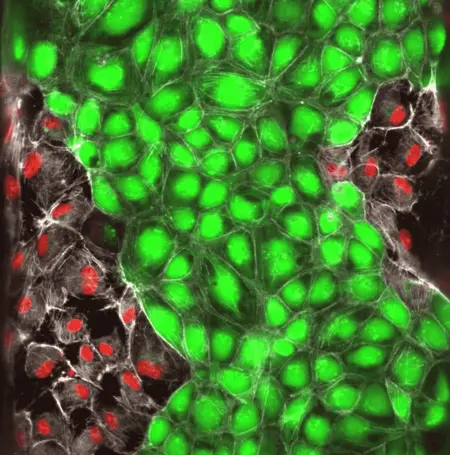Breakthrough Research in Snake Venom Treatment Using OrganoReady® Blood Vessel HUVEC


Leiden, June 4, 2024 – Scientists from MIMETAS, Naturalis Biodiversity Center and Vrije Universiteit Amsterdam provide new insights into the treatment of snakebite toxicity. The research introduces an assay using an automated 3D blood vessel model that mimics human endothelial tubules to study the hemorrhagic effects of snake venoms in real-time.
Snakebites are a critical yet often overlooked global health crisis, with an estimated 81,000 to 138,000 deaths each year while approximately 400,000 survivors are left with permanent disabilities, such as blindness or limb loss. Studying snake venom's impact on blood vessels heavily relied on animal models or simple cell cultures, which do not translate to human tissues. Traditional in vitro methods have used 2D cell culture models that fall short in replicating the tubular structure of the vascular system and its interaction with the extracellular matrix (ECM) and blood flow.
To bridge this knowledge gap, the researchers used the OrganoReady® Blood Vessel HUVEC, a 3D human blood vessel model, to study how snake venom from four different snake species disrupt vascular endothelium. This model incorporates critical physiological factors such as tubular morphology, ECM interactions, and perfusion. The study identified two primary mechanisms through which venoms cause vascular damage: ‘direct” cytotoxic effects and “indirect” cytotoxic effects where the former causes direct disruption of the cellular membrane and the latter induces structural damage, affecting the stability of endothelial cells. Both mechanisms lead to vascular leakage. These findings are crucial for understanding how venom induces bleeding and can significantly aid in the development of more effective antivenoms.
The implications of this research offer new insights into creating targeted therapies against snakebite envenoming. By integrating physiological parameters and providing functional readouts, MIMETAS’ platform provides a robust platform for testing the efficacy of antivenoms and could lead to significant advancements in treating not only snakebites but other vascular-related diseases.
